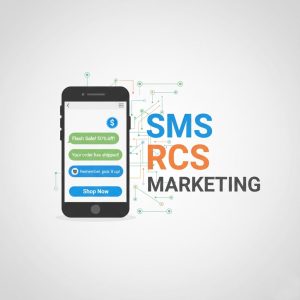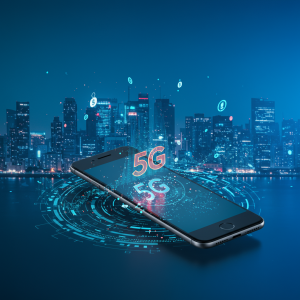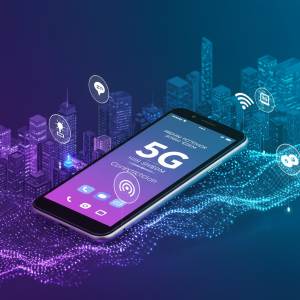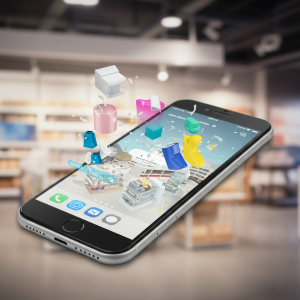Mobile Marketing Strategies That Drive Retail Sales

Mobile devices have fundamentally transformed how consumers shop. With over 6.8 billion smartphone users worldwide, retailers who ignore mobile marketing miss out on enormous opportunities to connect with customers where they spend most of their time.
Mobile commerce sales are projected to account for 44.2% of total e-commerce sales by 2024, making mobile optimization essential for retail success. But mobile marketing extends far beyond having a mobile-friendly website. It encompasses location-based targeting, app engagement, social media advertising, and personalized messaging that meets customers exactly where they are.
Successful mobile marketing requires understanding how consumers behave on their devices and crafting strategies that align with these behaviors. This guide explores proven mobile marketing tactics that help retail businesses increase engagement, drive foot traffic, and boost sales across all channels.
Location-Based Marketing That Converts
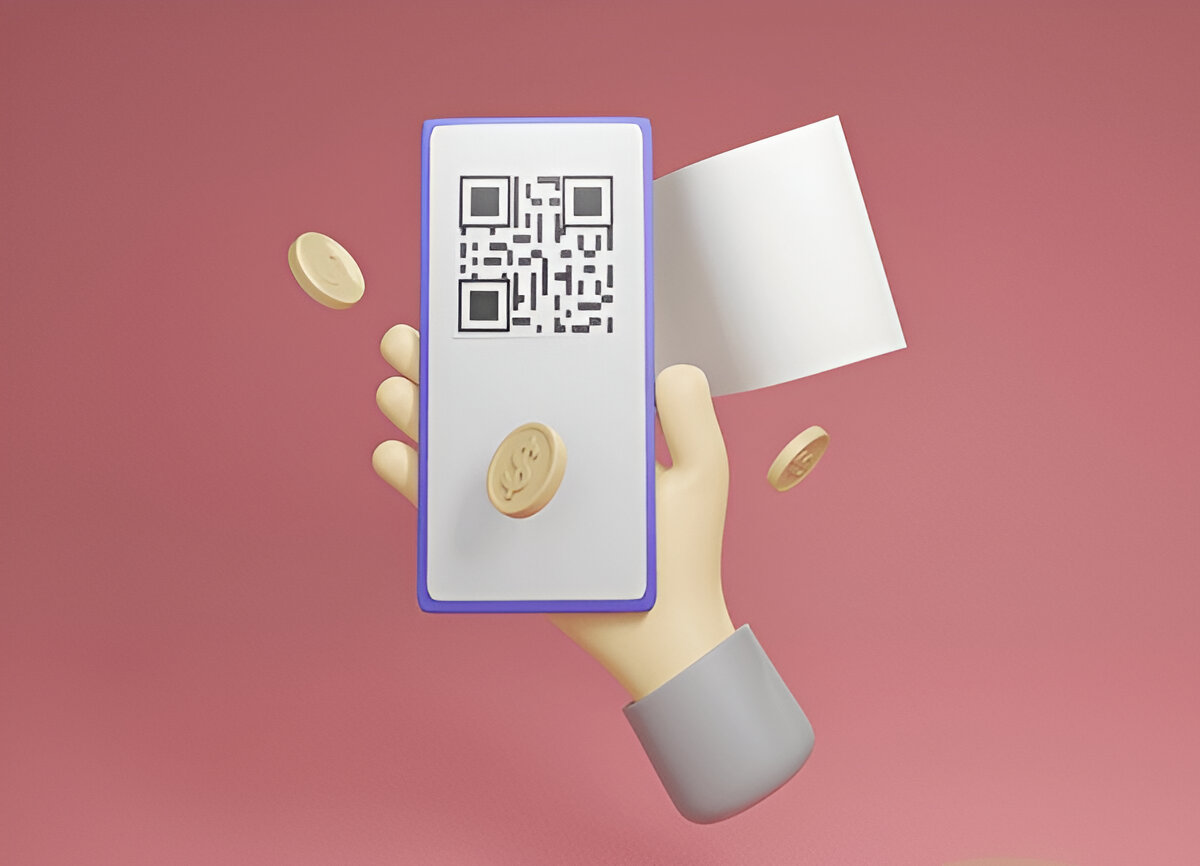
Location-based marketing leverages GPS technology to deliver targeted messages when customers are near your store or in competitor locations. This strategy proves particularly effective for retailers with physical locations.
Geofencing creates virtual boundaries around specific locations. When customers enter these zones, they receive automated messages like special offers or store information. A coffee shop might set up geofencing around nearby office buildings, sending latte promotions during morning commute hours.
Beacon technology takes precision further by using Bluetooth signals to communicate with customers inside stores. Retailers place small beacon devices throughout their locations to send targeted notifications about nearby products, exclusive in-store offers, or loyalty program updates.
Location data also enhances advertising effectiveness. Retailers can target ads to people who frequently visit competitor stores or similar retail environments, increasing the likelihood of attracting interested customers.
Mobile App Engagement Strategies
Retail mobile apps provide direct communication channels with customers while offering convenient shopping experiences. However, app success depends on consistent engagement strategies that keep users active.
Push notifications remain one of the most effective mobile engagement tools when used strategically. Successful retailers send personalized notifications based on user behavior, purchase history, and preferences rather than generic promotional messages. Timing matters significantly—notifications sent during lunch breaks or evening hours typically see higher engagement rates.
In-app loyalty programs encourage repeat purchases by offering points, exclusive discounts, or early access to sales. Mobile apps make loyalty program participation seamless, allowing customers to earn and redeem rewards instantly during checkout.
Gamification elements like achievement badges, progress bars, or seasonal challenges can increase app engagement. Fashion retailers often use style challenges or outfit-building games to keep users exploring their product catalogs.
Social Media Mobile Advertising
Social media platforms drive significant mobile commerce activity, with users frequently discovering and purchasing products directly through social apps.
Instagram Shopping allows retailers to tag products in posts and stories, enabling immediate purchases without leaving the app. High-quality visuals showcasing products in lifestyle contexts perform best on this platform.
Facebook and Instagram Stories ads appear between user-generated content, creating natural advertising experiences. These full-screen formats work well for showcasing new arrivals, limited-time offers, or behind-the-scenes content that builds brand connection.
TikTok advertising reaches younger demographics through authentic, entertaining content. Retailers succeed on TikTok by creating videos that feel native to the platform rather than traditional advertisements.
User-generated content campaigns encourage customers to share photos using branded hashtags, creating authentic social proof while expanding reach organically.
SMS and Mobile Messaging
Text messaging maintains impressive engagement rates, with SMS open rates reaching 98% compared to email’s 20% average. This direct communication channel works particularly well for time-sensitive offers and updates.
Promotional SMS campaigns should provide genuine value rather than constant sales pitches. Successful retailers limit promotional texts to 2-4 messages per month while ensuring each message offers exclusive discounts or early access to sales.
Transactional messaging keeps customers informed about order confirmations, shipping updates, and delivery notifications. These messages build trust and reduce customer service inquiries.
WhatsApp Business enables two-way conversations with customers, allowing them to ask questions, request product recommendations, or receive personalized shopping assistance. This approach works especially well for high-consideration purchases.
Mobile-Optimized Email Marketing
Email remains highly effective on mobile devices, but campaigns must be optimized for small screens and touch interactions.
Responsive design ensures emails display properly across all device sizes. Single-column layouts work better than multi-column designs on mobile screens, while large, touch-friendly buttons improve click-through rates.
Subject lines should be concise since mobile email apps display fewer characters. Successful mobile subject lines create urgency or curiosity while clearly indicating the email’s value.
Personalization based on browsing history, purchase behavior, and demographic data increases engagement significantly. Automated email sequences triggered by specific actions—abandoned cart reminders, post-purchase follow-ups, or birthday offers—perform particularly well on mobile devices.
Mobile Search and Voice Optimization
Mobile search behavior differs significantly from desktop searches, requiring specific optimization strategies.
Local SEO becomes crucial as mobile users frequently search for nearby stores and services. Retailers should optimize Google My Business profiles, encourage customer reviews, and ensure consistent business information across all online directories.
Voice search optimization addresses the growing use of voice assistants. Voice queries tend to be longer and more conversational than typed searches. Retailers should optimize for question-based keywords and local “near me” searches.
Mobile page speed directly impacts search rankings and user experience. Google’s mobile-first indexing prioritizes fast-loading, mobile-optimized websites in search results.
Augmented Reality and Mobile Experiences
Augmented reality (AR) helps bridge the gap between online and in-store shopping by allowing customers to visualize products in their own spaces or on themselves.
Virtual try-on experiences work particularly well for fashion, eyewear, and cosmetics retailers. These tools reduce return rates while increasing customer confidence in online purchases.
AR product visualization helps furniture and home decor retailers by showing how items look in customers’ actual spaces. This technology significantly improves conversion rates for high-consideration purchases.
Interactive product demos through mobile apps can showcase product features and benefits more effectively than static images or descriptions.
Measuring Mobile Marketing Success

Effective mobile marketing requires continuous monitoring and optimization based on key performance indicators.
Conversion tracking across mobile touchpoints helps identify which strategies drive actual sales rather than just engagement. Multi-touch attribution reveals how different mobile channels work together in the customer journey.
App analytics provide insights into user behavior, popular features, and potential friction points. This data guides app improvements and marketing strategy adjustments.
Location analytics measure the effectiveness of location-based campaigns by tracking store visits and purchase behavior following mobile interactions.
Maximizing Your Mobile Marketing Impact
Mobile marketing success requires a comprehensive approach that considers the entire customer journey across devices and channels. Retailers who integrate location-based targeting, app engagement, social media advertising, and personalized messaging create cohesive experiences that drive both online sales and in-store traffic.
Start by auditing your current mobile presence and identifying gaps in your customer experience. Focus on implementing one or two strategies thoroughly before expanding to additional tactics. Regular testing and optimization ensure your mobile marketing efforts continue delivering results as consumer behaviors and technology evolve.
The retailers who thrive will be those who view mobile not as a separate channel, but as the primary way customers interact with their brand across all touchpoints.

